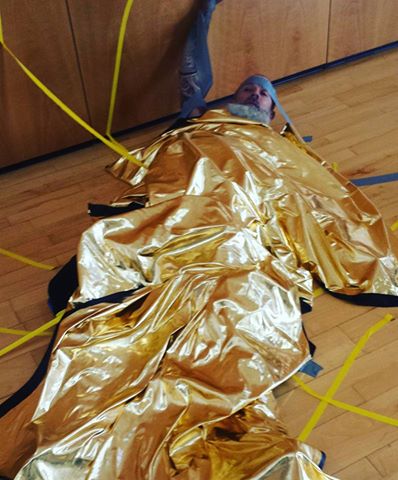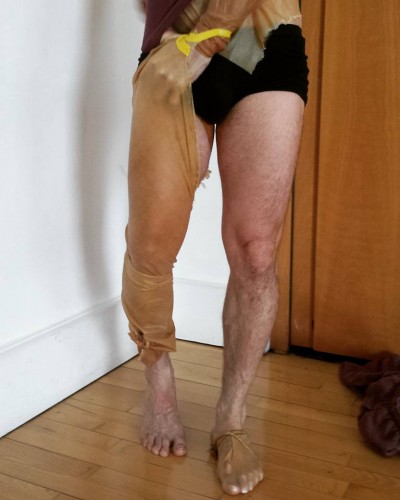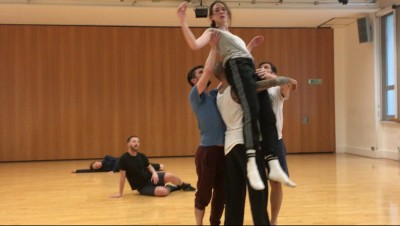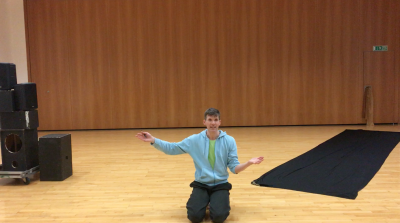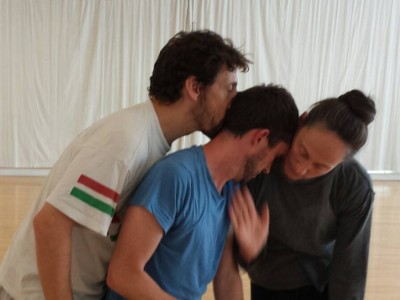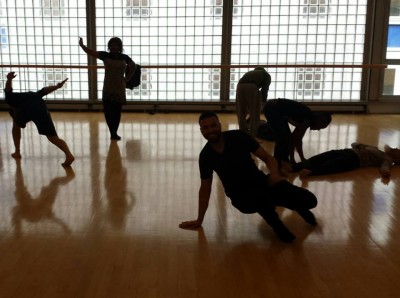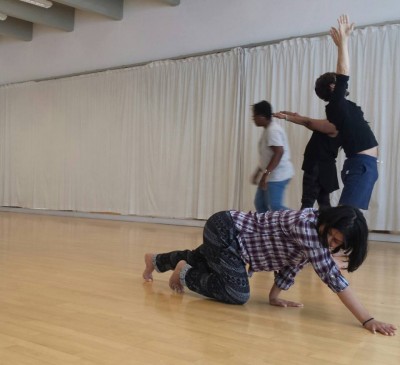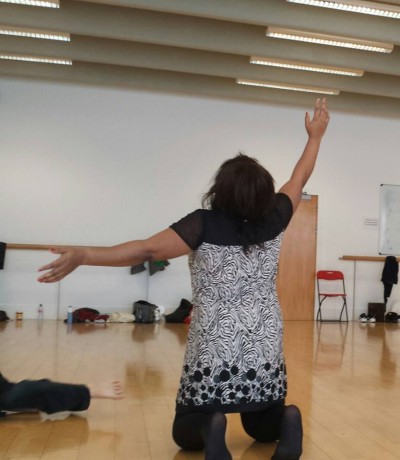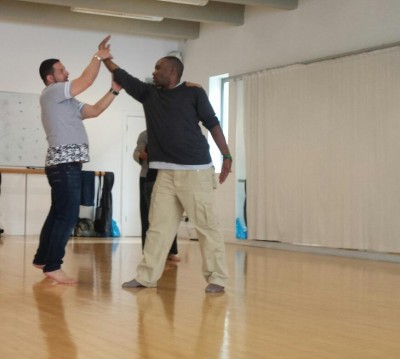I hadn’t planned initially to have this phase of rehearsals in London but after the sense of connection to people who were supporting the project that I felt when we rehearsed there in September during Choreodrome, it was clear to me that we couldn’t disappear for half a year and then come back with a premiere. Maintaining and building on connections and networks of support felt like a necessity. And so, thanks to the help of The Place, we were able to rehearse for a week.
A week is a short time, but I was knew that I wanted to reactivate movement material we’d developed in early stages of the process and to introduce some of the objects that would help us to make further design decisions. Relearning material from a video is not the most creative process for this wonderful collection of dancers, however, there are always alterations, amendments, some losses and usually more gains in the task. I am also aware that how ever many times I review video material (and in the months since our last rehearsals in December, I promise I have been reviewing the material!), I know I need the liveness of the performers in a shared space to inspire me. It’s the same when it comes to design and for that reason it’s crucial that we have as many of the design elements in the room with us so that they can be a reality in the creation. Paying attention to what people, material and objects are really doing, and not what I imagined they might do, is one my main choreographic tools.
I also knew that I wanted to start amalgamating the smaller passages of material into longer arcs, to get a sense of what it was beginning to communicate. These arcs are always provisional, subject to reordering, and it’s a pleasure to see how the dancers rise to the creative challenge of navigating different journeys through the arrangements of material.
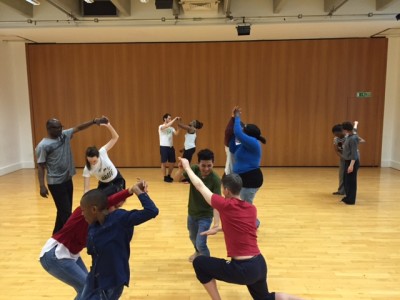
I was very happy that we were able to host another workshop for participants from MicroRainbow International. I’ve continued to work with this group of LGBT refugees and asylum-seekers and think they’re a very special community of support. It’s not easy for me to articulate why I think of these workshops as part of the creative work of The Casement Project and not some ancillary activity. In other models of engagement, these workshops might be with a view to mining the participants for content, or to generate a performance with them, or to disseminate the content of the show. For me our workshops are more a practise of solidarity, a exchange of movement, of care, of attention. And they are a reminder of the value of dance as a mode of human interaction.
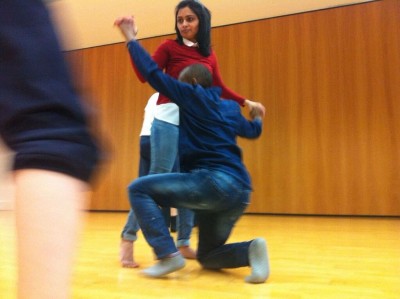
We had a showing of our work in progress on Friday afternoon, an opportunity to invite a number of friends and supporters (from The Place, from 1418now, from the British Library and a big team from Dublin who are working hard to create the conditions for the work to be visible and appreciated). The rehearsal process is daunting for me: this feels like an important opportunity and I don’t want to waste it. I don’t want to squander the talents of the performers and the creative team who are contributing to the work, nor do I want to do a disservice to the investment of many partners. However, despite that pressure, I wasn’t daunted about presenting what is still rough sketches of what the work might be. I am confident that we are in the right territory.
But there are still lots of questions, still lots I don’t know (I never know!). One of the responses to the sharing that felt important to address was the appetite of some people to know more about Casement. It’s clear to me that this work is not a dance biography or a dance history lesson. I was relieved that Easter had seen a number of commemorative re-enactments of historical moments from 1916, because I feel that is done and that I can move forward. And it’s moving forward, conscious of a historical legacy but not burdened by it, that I want to do. For those that want to immerse themselves in the history of Casement, elements of The Casement Project like the symposia provide rich material; however I don’t think the dance is going to tell the that history, although I hope it will convey something of its complicated spirit.
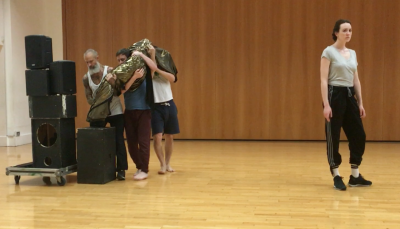
In practice this question of how much context to provide comes down to how much text we offer – in programme notes, in the use of the Rudkin radio play, in what the dancers say. I was struck seeing the historic Embodied performances by six female choreographers in the GPO this week how significant the use of text was for many of them. It seemed necessary to make place for female voices. However, I am trying to slip the authority of language that has curtailed possibilities and limited definitions. If I use words, it is to seduce them into an environment where they cannot claim certainty. So I have work to do to figure out how that works for me and for audiences who may have an appetite for something more stable. I’m listening….

